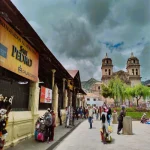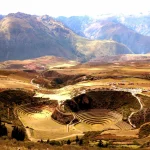When I first arrived in Cusco, I was captivated by its beauty: towering mountains, Inca ruins, and a vibrant culture that pulses through every corner. But I also worried about the impact my visit might have on this special place. That’s when I discovered ecotourism in Cusco, a way to travel that respects the environment and supports local communities. I want to share my journey: how I adopted sustainable practices, the responsible destinations I visited, and some tips so you can explore Cusco without leaving a negative footprint. Ready to join me on this path to more conscious travel?
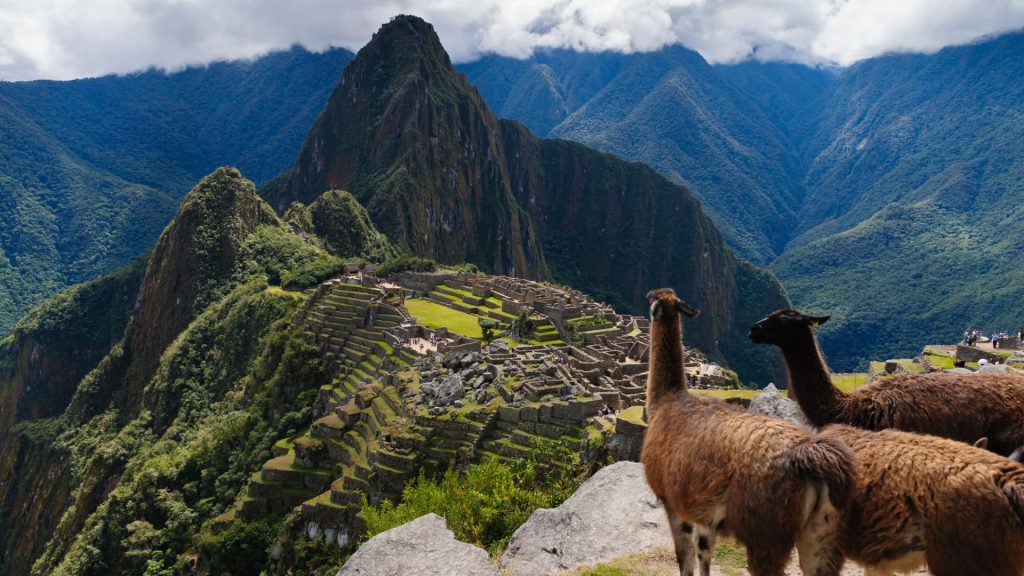
What Does Ecotourism in Cusco Mean to Me?
Ecotourism in Cusco isn’t just a trend, it’s a necessity. This region, home to Machu Picchu and the Sacred Valley, welcomes millions of tourists each year, putting pressure on its ecosystems and communities. For me, ecotourism means traveling in a way that protects nature and benefits locals. During my trip, I learned that small actions, like choosing responsible tour operators or reducing my waste, can make a big difference.
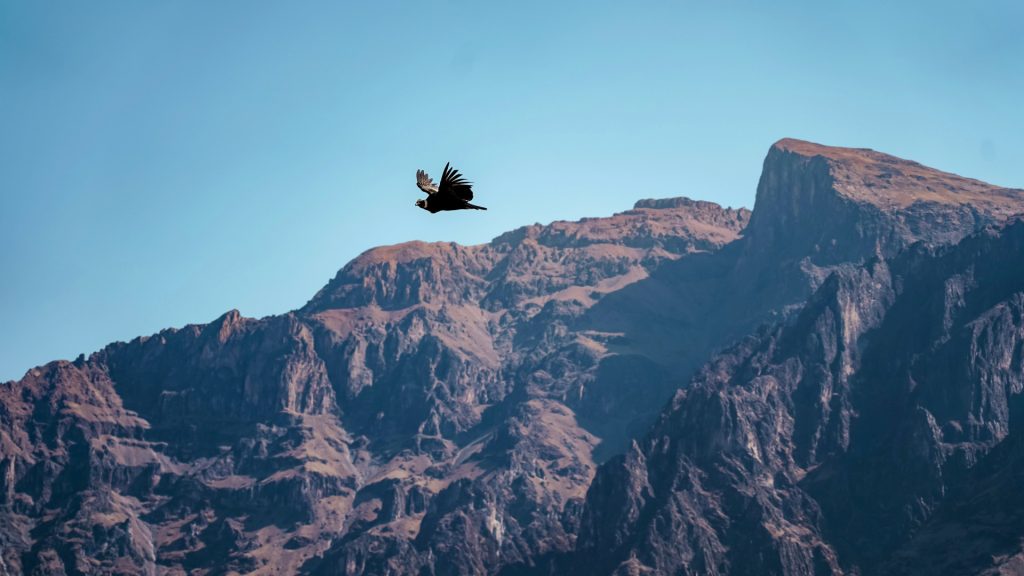
How I Started Practicing Ecotourism in Cusco
My journey with ecotourism in Cusco began before I even arrived. I also packed responsibly: I brought a reusable water bottle, cloth bags, and biodegradable products. While in Cusco, I avoided buying souvenirs of questionable origin and opted for items made by local artisans. Each choice made me feel like I was helping preserve this magical place.

Destinations Perfect for Ecotourism in Cusco
Cusco is full of spots where you can practice ecotourism in Cusco while enjoying its beauty. One of my favorites was the Sacred Valley, I visited communities like Chinchero, where local families taught me traditional weaving techniques. I also hiked to Vinicunca, known as the Rainbow Mountain, with a guide who explained how responsible tourism helps protect this site. Another amazing destination was the Salkantay Trek, a sustainable alternative to the Inca Trail that blends stunning landscapes with eco-friendly practices.
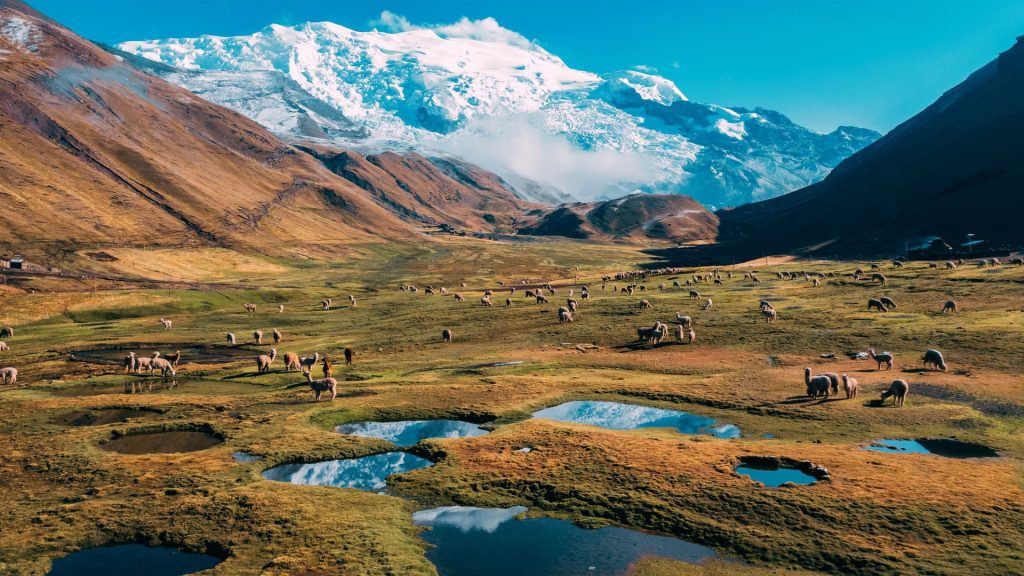
Sustainable Practices I Adopted on My Trip
Adopting sustainable practices was key to my ecotourism in Cusco experience. Here are a few that worked for me:
- Reduced my waste: I brought a zero-plastic travel kit and avoided single-use items.
- Supported communities: I bought food and crafts directly from local producers at markets like Pisac.
- Walked or used shared transport: Instead of taxis, I walked or took local buses to lower my carbon footprint.
- Respected nature: I followed park rules, like not littering or straying off trails.

The Impact of Ecotourism in Cusco on Local Communities
One of the things that moved me most about ecotourism in Cusco was seeing how it benefits local communities. During my visit to a community in the Sacred Valley, I met families whose lives have improved thanks to sustainable tourism. For example, many women now sell handmade textiles directly to tourists, without middlemen. I also learned that some operators, like those running the Inca Trail, hire local porters and pay them fair wages. This not only preserves the culture but also empowers Cusco’s residents.

Challenges of Ecotourism in Cusco and How to Face Them
While ecotourism in Cusco has many benefits, it also faces challenges. One of the biggest is overtourism: places like Machu Picchu can get overcrowded, which impacts the environment. During my trip, I avoided peak hours and visited Machu Picchu early in the morning with a “Machu Picchu 2 Days Tour“. Another challenge is greenwashing, some companies claim to be sustainable but aren’t. My advice? Do your research and choose operators with certifications or reliable reviews. Being a conscious traveler takes effort, but it’s worth it.
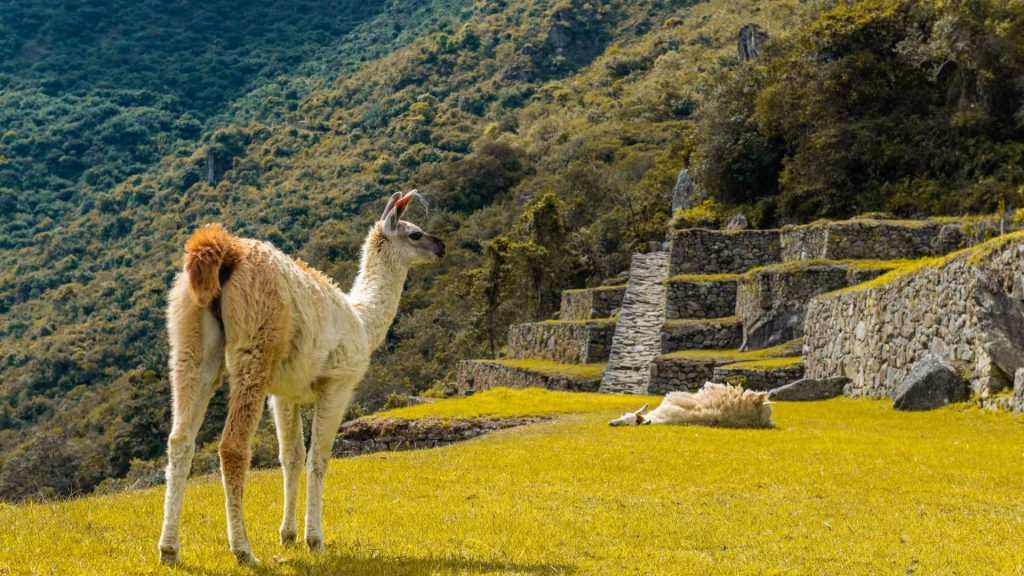
How Ecotourism Transformed My Perspective
Practicing ecotourism in Cusco changed how I travel. Before, I didn’t think much about the impact of my actions, but now I strive to be more responsible, not just in Cusco but on all my trips. I learned to value nature and local cultures more, and I feel proud to have contributed, even in a small way, to preserving this region. My experience with ecotourism in Cusco was transformative. From choosing responsible destinations to adopting sustainable practices, I discovered that conscious travel not only protects this incredible place but also enriches your journey. Are you ready to make ecotourism in Cusco part of your next trip? Share your thoughts or experiences in the comments, or start planning your adventure with Xplor Machu Picchu. Cusco is waiting for you to explore it sustainably!


